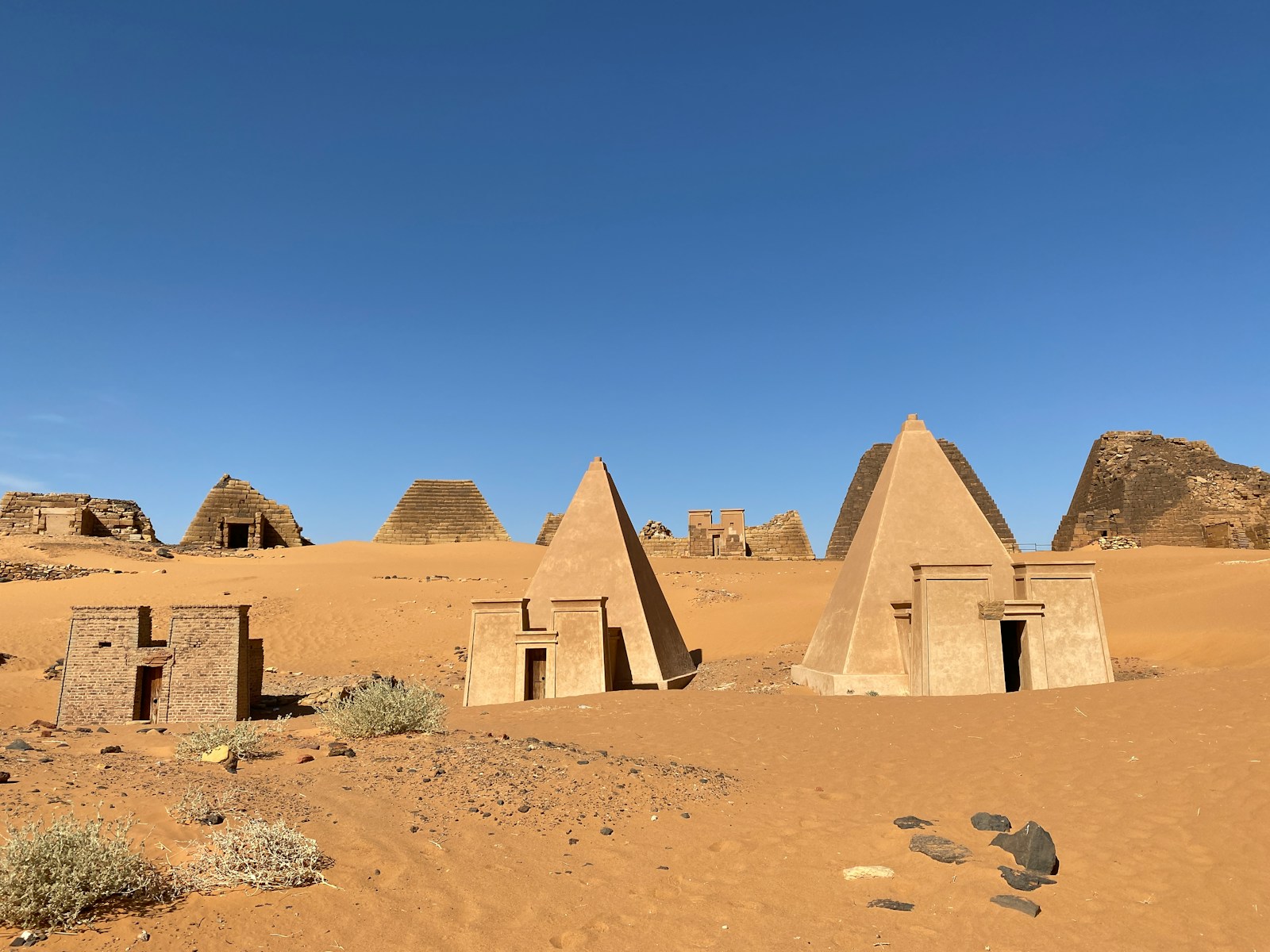Namibia’s Hidden Trauma, While the genocide of the Herero and Nama under German occupation from 1904 to 1908 is now widely acknowledged, a much less visible atrocity slipped through the cracks of history—the mass persecution and near-eradication of the San people, often referred to as Bushmen.
Anthropologist Robert J. Gordon first brought attention to the San’s plight in his seminal 1992 work, The Bushman Myth and the Making of a Namibian Underclass. Recently revised and retitled, The Bushman Myth Revisited: Genocide, Dispossession and the Road to Servitude, it offers a long-overdue update that contextualizes the continuing legacy of oppression and dispossession that the San endure today.
Why Revise and Reissue the Book?
Gordon revisited his original research at the urging of local San communities and rights advocates who noted that those persecuted still face entrenched marginalization. The newly repackaged and affordable edition, published locally by the University of Namibia Press, ensures these narratives are accessible in the very regions most affected.
Life Before Colonial Disruptions
The Kalahari Basin is a globally significant cultural landscape, home to myriad unique San groups. Collectively labeled “Bushmen” or in one language group “San,” their lifeways were rooted in mobility, communal sharing, and harmony with their environment. This independence was seen as a threat by colonial settlers who prized land ownership and livestock—concepts foreign to the hunter-gatherer San. Unable to redefine the San on European terms, authorities began treating them as obstacles to be removed.
The Genocidal Ethos of Settler Fear
By 1911, German settlers deemed the San a menace. Media referred to them as the “Bushman Plague,” and colonial authorities issued orders essentially authorizing their shooting on sight, particularly in areas like Grootfontein and Gobabis, where settler farms sat atop San land. According to archival records, over 400 patrols were dispatched between 1911 and 1913 to “contain” the San—who were often driven into labor or forced into servitude on farms after being captured or separated from their children. As early as 1923, estimates suggest the San population had plummeted from 8,000–12,000 to a mere 3,600.
From Genocide to Servitude
Under South African rule (post‑1915), the violence morphed into systematic erasure. San people were evicted to make way for game reserves and farms. Even their cultural tools—like bows and arrows—were outlawed. In the decades that followed, poorly funded relocations confined them to tiny, barren areas far from ancestral lands. With independence came labor reforms and shifts in agriculture that further displaced them, pushing many into informal settlements with few rights or resources.
Where the San Stand Today
Many San remain in a precarious state—performing low-wage or menial labor in areas they once freely inhabited. Government initiatives, while present, are limited to basic welfare and overcrowded resettlement farms. Meanwhile, tourism often romanticizes them, casting the San as cultural curiosities rather than survivors of genocide and displacement.
Selective Memory and the Fight for Recognition
On Namibia’s first national Genocide Remembrance Day (May 28, 2025), activists highlighted the glaring omission: the San remain overshadowed by narratives centered on the Herero and Nama :contentReference[oaicite:0]{index=0}. This selective public memory risks reinforcing their invisibility—not only from the past—but in contemporary society too.
Conclusion
The plight of the San under German colonial rule reveals a painful truth about historical erasure in Namibia. While progress has been made toward recognizing the Herero and Nama suffering, an entire chapter of collective trauma remains underreported. True healing demands expanding the national narrative to include the San genocide—acknowledging their suffering, amplifying their stories, and ensuring they are represented in public memory and restitution efforts.
for more news visit our website africaciviclens.com




